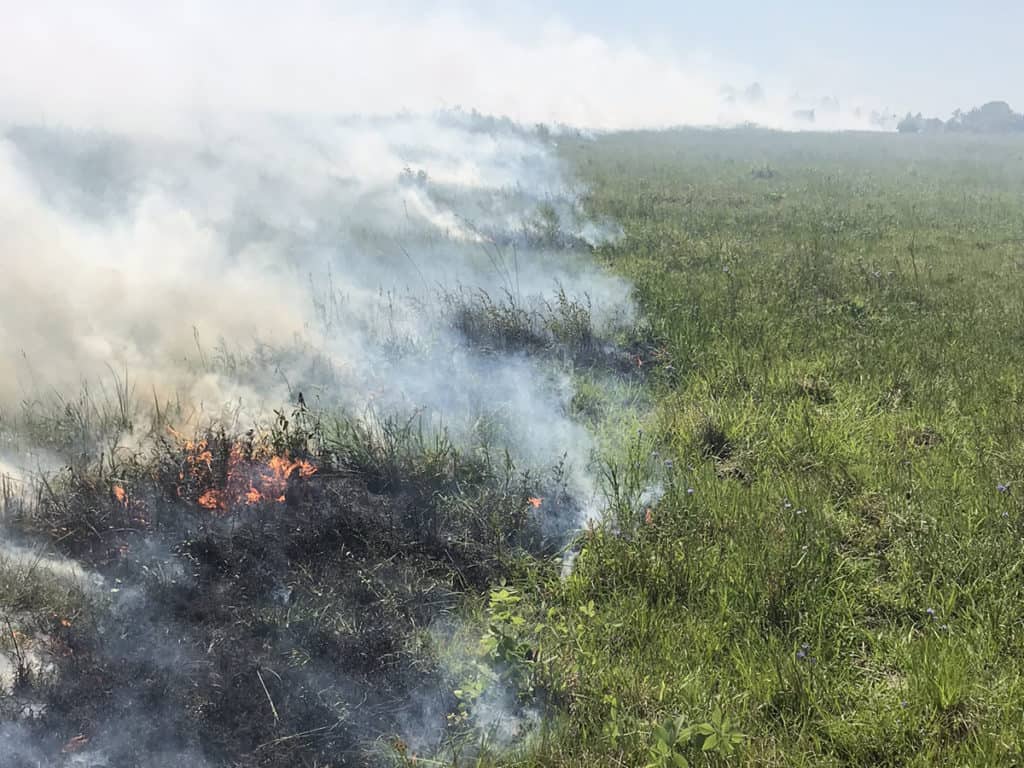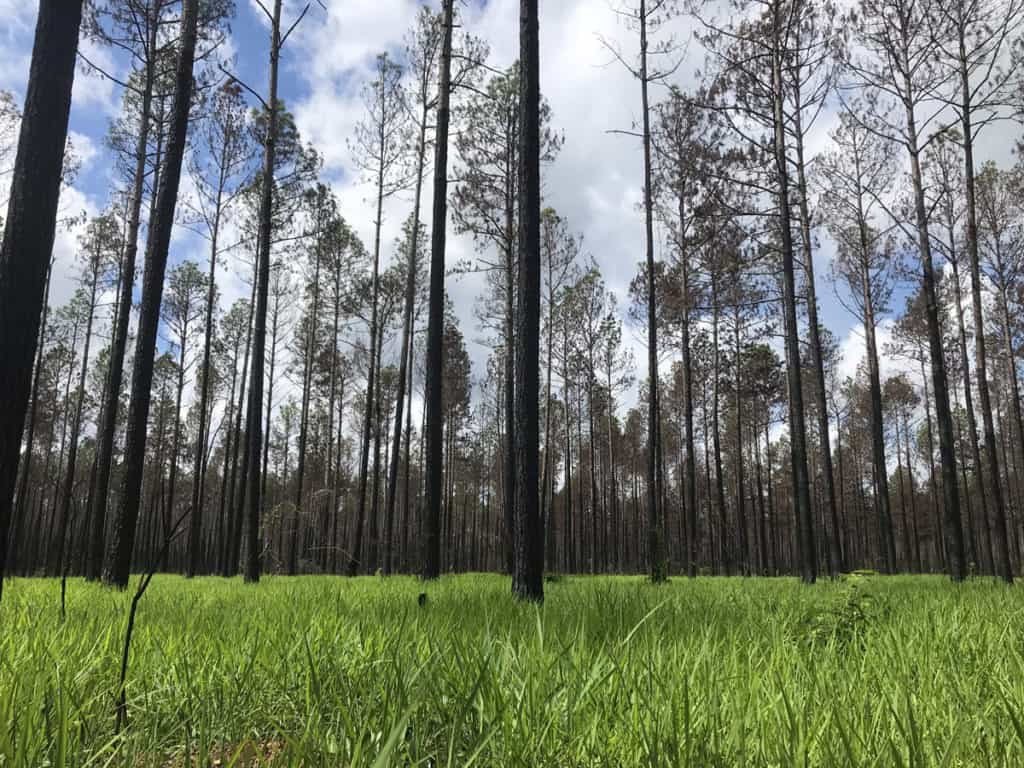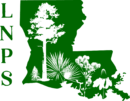Utilizing Prescribed Fire to Manage Native Landscapes in Louisiana
If you were to take a poll of people who live outside of the state of Louisiana and asked them what plant communities they would expect to see when they visited the state the vast majority of answers would likely be swamp or bottomland hardwood forests. Both of these plant communities make up a large portion of the forest cover in the state and are certainly beautiful and iconic symbols of our state’s natural heritage. However, within the state there are several numerous plant communities that would have regularly burned as part of the natural processes maintaining the community. Of the 33.5 million acres that make up the state of Louisiana, approximately 1/3 to ½ of those acres were home to pyrogenic plant communities prior to settlement. According to the Louisiana Wildlife Action Plan (WAP), there are at least 14 plant communities in which fire would have played a primary role. Some of the most prominent of these community types include coastal and inland prairies, longleaf pine savanna, and shortleaf pine oak hickory (SLPOH) woodlands.

In recent times, fire has fallen out of favor as a preferred management tool and many of the fire maintained plant communities in Louisiana have been converted to different land uses. For instance, much of the Louisiana Coastal Prairie has been converted for commodity crop cultivation and the open forested communities have been converted to pine plantations, which often exclude fire. As a result, occurrences of many of the herbaceous ground cover species that were once prevalent in these open grassland and grassland like communities have been greatly reduced.
Why burn?
Burning serves to reduce cover of encroaching woody and weedy species that often out compete desirable natives that provide resources for pollinators and other wildlife. Additionally, properly timed prescribed burns stimulate flowering of desirable species and restore nutrients to the soil. Prescribed fire, when consistently applied to the landscape, also serves to reduce overall fuel loads creating a surrounding landscape that is overall more resistant to devastating wildfire and provides increased accessibility to the property.
Timing of Fires
In general, prescribed fires are most effective when applied in the growing season (late April to early June), but depending on the current conditions of a site, it might be more suitable to burn during the fall to allow for better control of the fire and minimize any negative impacts that may result from burning a site that has accumulated too much fuel. Any fire is better than no fire. (either your burning or your not!).

Who Can Burn
In Louisiana, any forest landowner can burn, but it is recommended that a landowner get certified and be trained in the use of the proper equipment to reduce any potential liability or risks involved with burning. There are several opportunities to receive this type of training offered throughout the year by the LSU Ag Center. To find out more information about when the workshops are offered, contact Keith Hawkins. (337) 463-7006, khawkins@agcenter.lsu.edu.
Download More Info
Download article: The Role Of Fire In Land Management Today
